
From the dense forests of the Pacific Northwest to the swamps of Florida, the United States has no shortage of myths and monsters. Whether it’s a Bigfoot sighting or an encounter with the chilling Wendigo of northern Minnesota, American mythology teems with strange creatures that feel both hauntingly real and wildly improbably.
Some experts suggest that these myths may have roots in prehistoric animals that once roamed the land—or even in sightings of rare, unfamiliar wildlife. Could these mysterious monsters be echoes of the past, blending ancient memories with natural curiosity?
Bigfoot and the Great Ape Myth
Among all the North American mythical creatures, none is more iconic than Bigfoot. Known as Sasquatch in Canadian folklore, this ape-like figure is described as a towering, hairy creature seen trudging through the forests of the Pacific Northwest. Bigfoot sightings date back as far as the 1800s and have been bolstered by grainy photos and footprint casts that skeptics and believers endlessly debate.
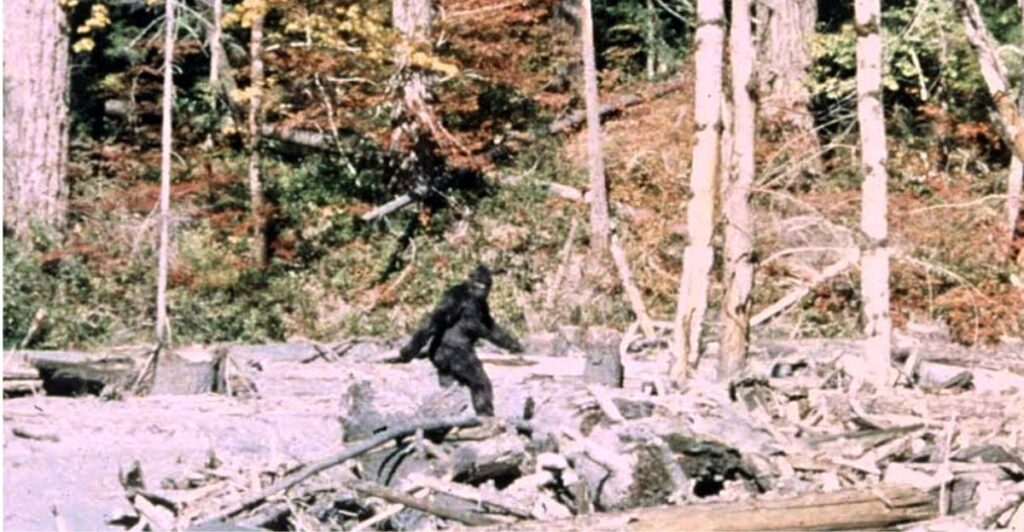
Researchers argue that Bigfoot may represent lingering folk memories of giant prehistoric primates, like the extinct Gigantopithecus, which stood up to 10 feet tall. While Gigantopithecus fossils have only been found in Asia, the idea of a large primate could be rooted in early human encounters with now-extinct megafauna or misidentified bear sightings. Could these fragmented memories, when mixed with modern sightings of real but elusive animals, fuel Bigfoot’s lasting hold on the American imagination?
The Chupacabra and the Beasts of the Desert
Another creature that has stirred endless speculation is the Chupacabra. Notorious for supposedly draining the blood of livestock, the Chupacabra legend originated in Puerto Rico in the 1990s but soon gained traction across the American Southwest. Described as either a spike, alien-like figure or a mangy, dog-like beast, the Chupacabra seems to draw upon both modern and ancient fears of predators lurking in the dark.
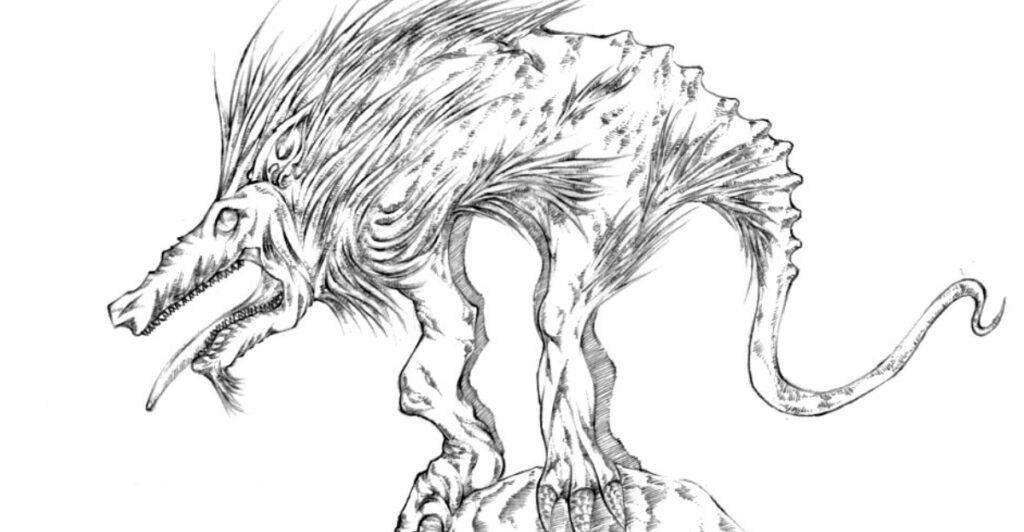
Some theories link the Chupacabra to sightings of real, diseased animals, like coyotes afflicted with mange, which gives them a startling, monstrous appearance. But the idea of these bloodsucking monsters might also echo fears of wild predators of the past. The sudden deaths of livestock across the desert—a region marked by harsh survival conditions—may remind people of times when direct threats were more common. After all, human fascination with predators is a survival instinct that stretches back to a time when large, unfamiliar beasts roamed and ruled the Americas.
Wendigo and the Echoes of Cannibal Spirits
The Wendigo is a terrifying figure in Native American lore, particularly among Algonquin-speaking tribes. Known for its insatiable hunger for human flesh, the Wendigo legend warns against greed, isolation, and even cannibalism. Traditionally, it’s depicted as a gaunt, towering figure that could represent the relentless winter hardships faced by northern communities.
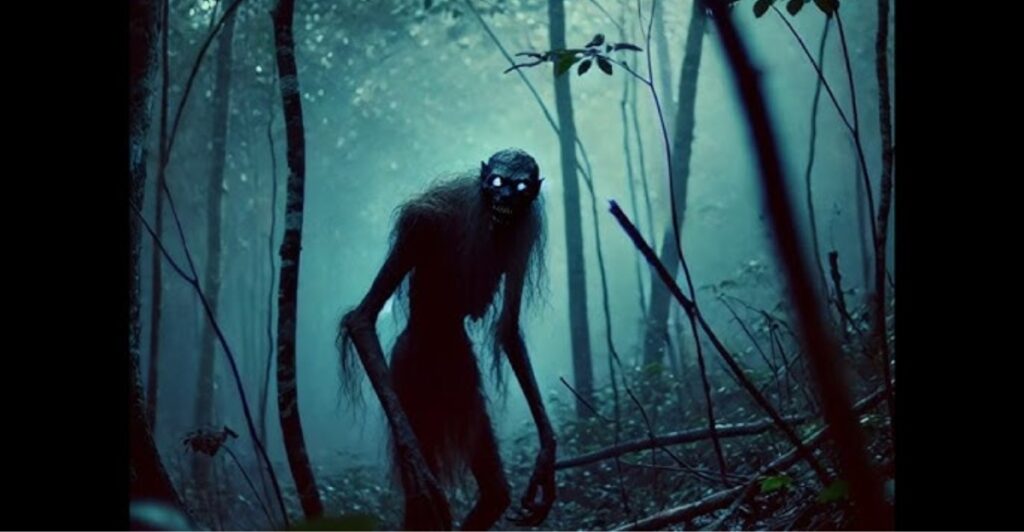
Scholars suggest that the Wendigo may serve as a cultural memory of survival struggles in the northern wilderness. The imagery of a starving, emaciated creature may symbolize a real fear of famine and the moral danger of turning to cannibalism when desperate. This myth, grounded in cautionary tales and ethical teachings, could have originated in harsh Pleistocene survival scenarios, reflecting shared memories of scarce resources and extreme cold. In this sense, the Wendigo might represent the primal fear of losing one’s humanity when survival becomes paramount.
Mothman and the Misinterpretation of Rare Wildlife
The Mothman sightings that gripped Point Pleasant, West Virginia, in the 1960s offer another example of how unfamiliar animals can be mythologized. Locals reported seeing a man-sized winged creature with piercing red eyes. Sightings culminated in the Silver Bridge collapse of 1967, after which many speculated that Mothman was a harbinger of doom.
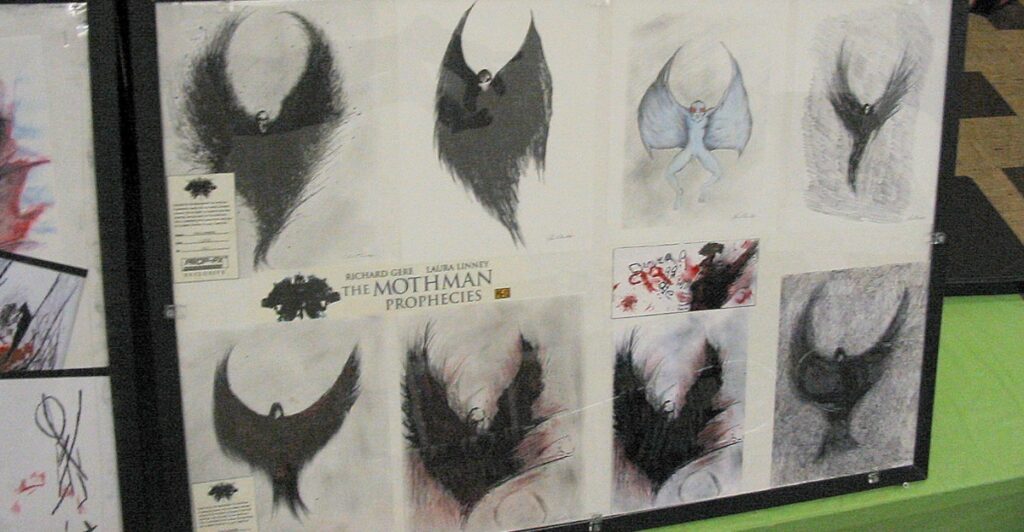
One popular explanation is that the Mothman could have been a misidentified sandhill crane, a bird with an imposing size and striking red markings around its eyes. This theory suggests that when people encounter strange wildlife, especially at night or in remote areas, they may interpret it through the lens of local folklore. In other words, a giant, mysterious bird could become something more sinister—and more memorable—when viewed through the fog of fear and imagination.
The Jersey Devil and the Folklore of Family Feuds
Another long-standing American creature is the Jersey Devil, a winged monster said to haunt the Pine Barrens of New Jersey. According to legend, the creature is the cursed offspring of a colonial-era woman known as Mother Leeds, who reportedly gave birth to a demonic figure that escaped into the wilderness.
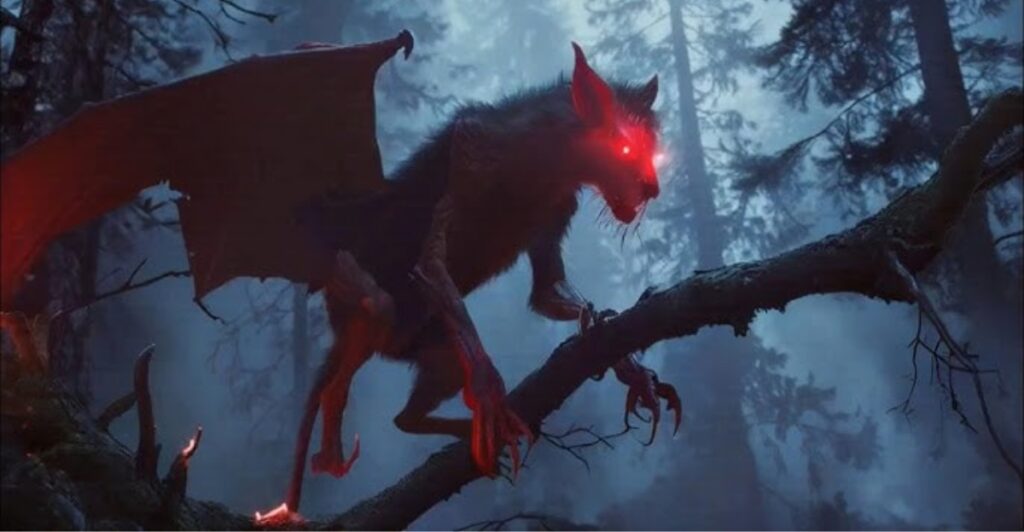
Some historians speculate that the tale could reflect early settlers’ fears of the wild unknown surrounding them or even social conflicts among settler communities. Folklorists also link the Jersey Devil to real animals, such as cranes or even deer that can appear strange in low light, especially if startled or injured. The tale of the Jersey Devil, however, evolved over time, blending elements of family strife and local tensions into a supernatural legend that has captivated the region for over 250 years.
Myth or Memory?
The persistence of these legends raises an intriguing question: Are they purely fictional, or could they be distorted memories of real creatures? Shira Chess, a media professor at the University of Georgia, believes that “The horror stories that are the best are often metaphors for other issues that affect our lives on both cultural and personal levels,” suggesting that these myths help people make sense of the unknown.
American mythical creatures may very well be a blend of folklore, historical memory, and misunderstood wildlife that reveals our inherent need to explain the world around us. While mostly relegated to legend, these tales continue to mirror our fascination with nature’s mysteries.
Sources:
- How Stuff Works: 10 Mythical American Monsters
- VOA News: Mythical (But Possibly Real) Creatures That Roam the USA
Stay connected with us for more stories like this! Follow us to get the latest updates or hit the Follow button at the top of this article, and let us know what you think by leaving your feedback below. We’d love to hear from you!







